Q. When did you install energy storage? Was it part of a solar project?
In December 2019. I installed a single battery along with 25 solar panels on my roof.
Q. Did the project have an EV charger included?
Yes, I also installed an EV charger at the same time. I bought a Tesla Model 3 in June 2019. Until the EV charger was installed, I was driving to a nearby Supercharger to charge my car. Now I charge mostly at home.
Q. What brand of storage do you use?
I went with an LG Chem battery. It was a choice between a Tesla Powerwall and an LG Chem battery. The Powerwall had more storage capacity but was substantially more expensive.
Q. How did you decide on the size of the battery you needed?
I went with the solar installer’s recommendation and installed a single battery.
Q. Why did you include energy storage?
I installed it for two reasons: to power essential circuits in the house during power outages and to engage in arbitrage against a three-period time-of-use rate, EV-A rate. It had much lower off-peak prices than the standard TOU rate.
Q. What functions do you use the battery for?
Every day the battery is used for TOU arbitrage. It is charged every morning by the solar panels while the house is powered by the grid at the off-peak rate. After the battery is fully charged, the solar panels power the house. That usually begins in the late morning hours and continues until the early afternoon hours. When the solar panels are not generating enough power to meet the needs of the house, the battery begins to send power to the house. That continues until the battery has dropped to 30% charge. Then it goes into standby mode, to supply power if an outage occurs.
On mild weather days, when the central air conditioner is not running, the battery can keep on powering the house until 10 or sometimes even 11 pm. In the summer, the battery stops charging the house around 6 or 7 pm.
Q. How often do you have power outages? What kind of problems do they cause?
From June 2021 onwards, I have had more than a dozen power outages. Usually they are just a few hours long. The battery kicks in and runs five essential circuits, including the refrigerators, the freezer, lights and numerous plug loads.
I have now added a sixth circuit, which supplies power to the gas furnace. I did that when we had a couple of outages during the winter months. Both lasted longer than 10 hours. One was a planned outage for repairs to the underground wiring that we have in our neighborhood. It was followed two days later by an even longer unplanned outage. During those days, the gas furnace was not getting power and it did not run. The temperature in the house dropped to 60 degrees.
Q. Has the battery suffered degradation? Has it needed repairs?
Slight degradation seems to have occurred. It’s rated at 9.8 kWh but I don’t think it is storing that much power now, four and half years after installation. The only repairs that were needed were when it was just a month old. An installation error occurred, and the battery died. A replacement was installed a couple of months later.
There was also a problem with the two “strings” that connect the solar panels with the inverter. One of them was inadvertently disconnected when the contractor came by to check why my net usage data from the inverter did not line up with the data in my monthly PG&E bills. I was quite despondent. Thankfully, the problem was remedied in a few weeks by the contractor, but only if I reached out to the president of the firm.
Q. Has everything met expectations?
Pretty much. The solar panels have substantially reduced my net usage from the grid, as shown in the charts below. I have data from PG&E’s website on my usage going back to 2008. It does not have the ability to show solar production but shows imports and exports and net usage. Production data is only available on the SolarEdge website.
From 2008 to 2015, my monthly consumption averaged 1041 kWh. In 2015, two of my PG&E monthly bills (for electric and gas) exceeded $500. In February 2016, I did a whole house energy upgrade which lowered my consumption to 806 kWh, but that did little to lower my bills since electric rates kept on rising. So, at the end of 2019, I installed solar and storage and my consumption since then has averaged 103 kWh (which includes the charging of my EV).
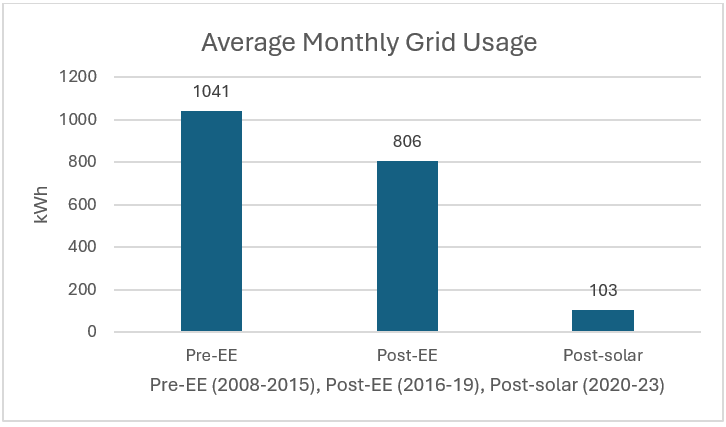
Electricity consumption varies across the months, since I live in the East Bay Area. Summers are hot and winters are cold. However, what stands out in the figure below is the dramatic difference in the pre-solar and post-solar pattern of usage.
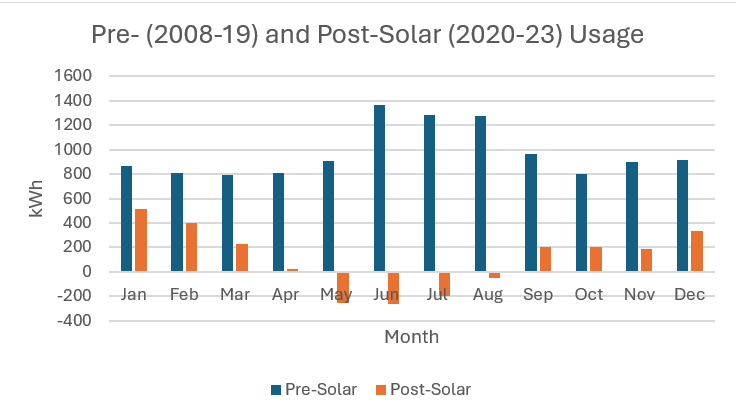
Of course, there is year-to-year variation in the usage pattern, driven largely by weather. That’s brought out in this figure.
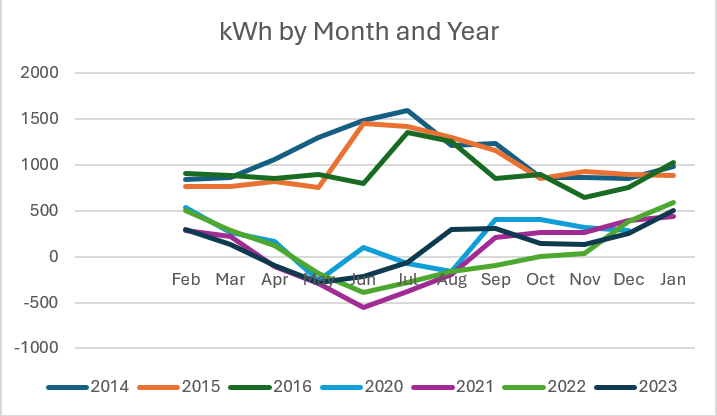
Here’s another way to unpack the data.
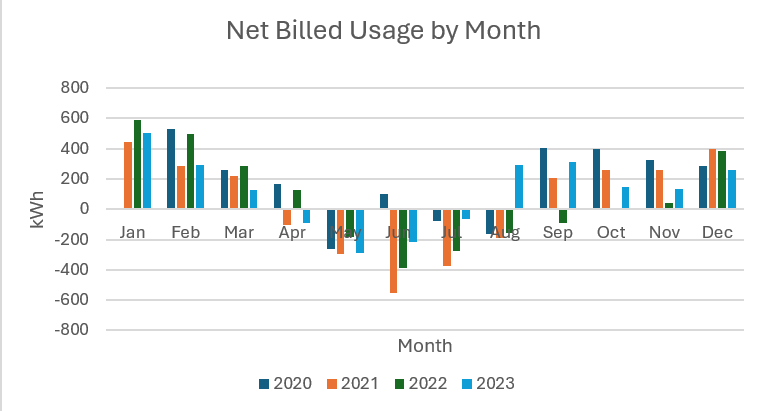
Q. Can you compare solar production with household consumption?
SolarEdge, through its inverter, knows how much electricity is being produced by the solar panels. It also knows how much electricity is being exported and imported and thus my net usage. Thus, it can solve for my gross consumption using a simple equation: Net usage = Production – Consumption.
The following figures provide consumption and production data by month for the years 2020-2024. Consumption has risen over the years mostly because I have begun charging mostly at home and because I did not drive the car much during 2020-21 because of the lock down. Production has risen over the years because some foliage that was casting a shadow on the solar panels was removed.
The monthly variation is driven almost entirely due to seasonal variation in the weather – temperatures as well as the number of daylight hours. It’s worth noting that I don’t have a heat pump for HVAC or water heating. I have installed a highly efficient gas furnace and a very low NoX gas water heater.
2020
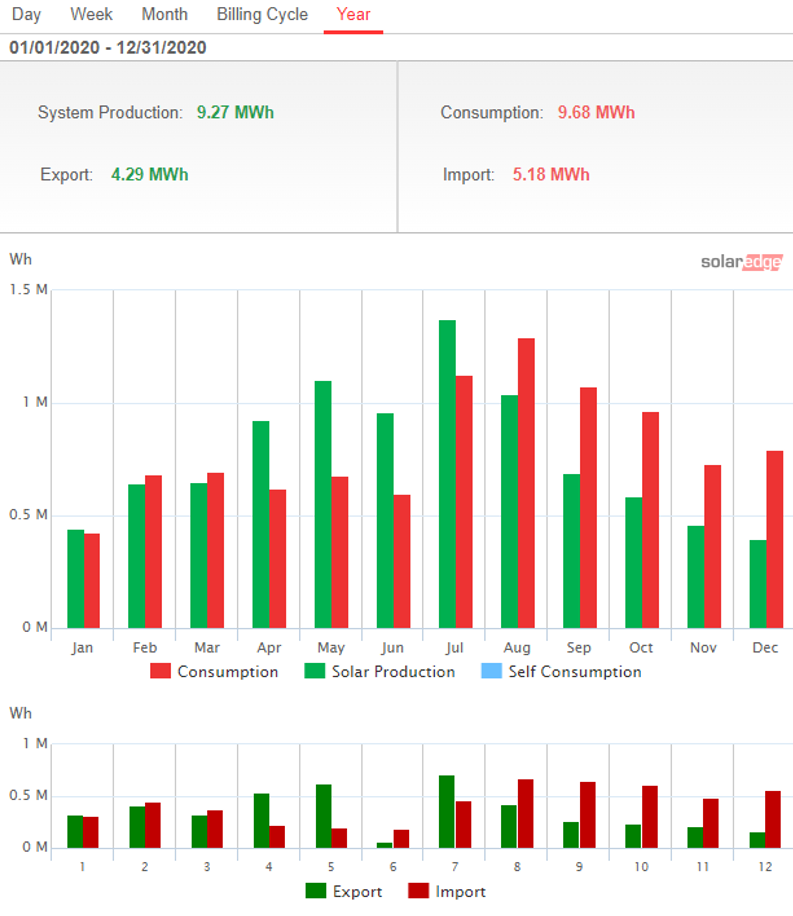
2021
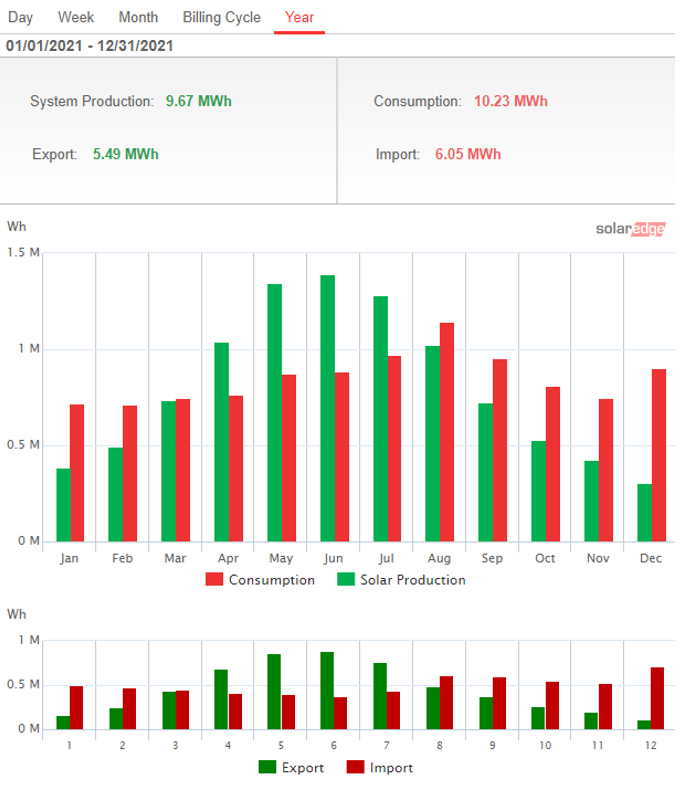
2022
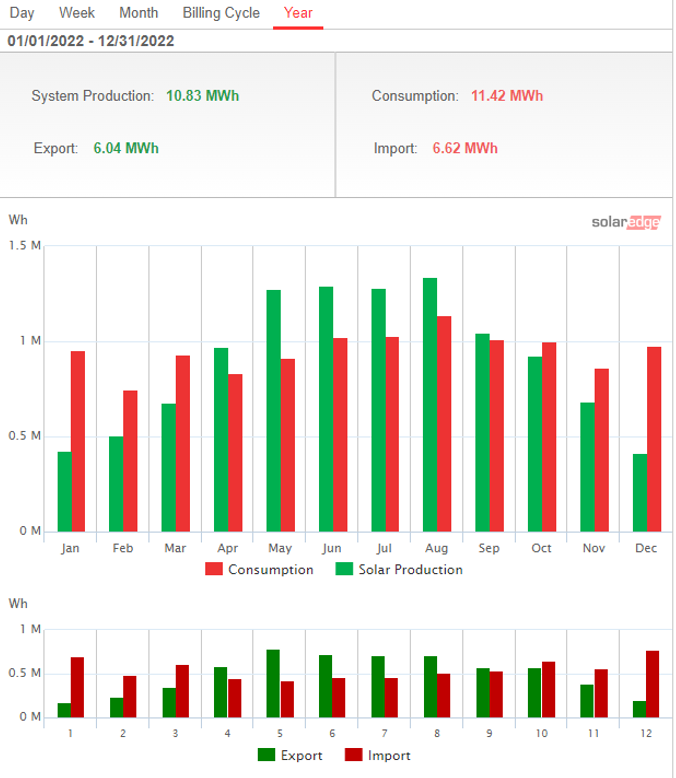
2023
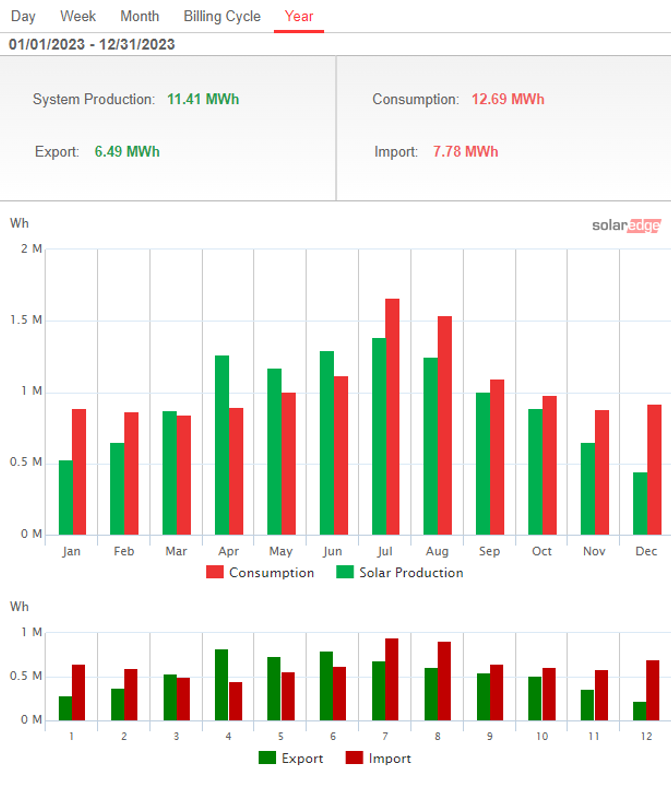
Q. How much have your bills changed?
Before installing solar, my bills were averaging $200 a month, and rising with every passing year. Since then, the bills have averaged $50 a month. Last year the number was $65 a month.
During this time period, the off-peak rate has doubled, from 17 cents/kWh to 35 cents/kWh. The average rate now is around 46 cents/kWh. PG&E has lowered rates by 10% during the summer to give customers some respite but rates are expected to rise again in the fall. They may hit 50 cents/kWh by year end.
My gross electricity consumption last year was 12,700 kWh using information on the SolarEdge website. Using a price of 40 cents/kWh as the average, which might be an understatement, my monthly bill would come out to $423 a month, as opposed to $65 a month which I paid. That’s a reduction of nearly 85%.
Q. Are you eligible for participating in a VPP?
Early on, SolarEdge in conjunction with PG&E made a VPP offer to me. My system includes an SolarEdge inverter. I gave it some thought but declined the offer. I was concerned they may deplete my battery on critical system days, which would be really hot days. My battery would not have backup power to supply the house if an outage occurred. I continue to have that reservation about the VPP model.
Q. Do you see home storage as a viable way to help Californians control their rising electricity costs?
Yes, but only if storage is paired with solar panels. The battery by itself cannot lower the electric bill.
Q. Do you expect most Californians to include energy storage in their solar projects going forward?
Given the shift from NEM 2.0 to NEM 3.0, a battery would appear to be a must. My understanding is that half of new solar installations now feature batteries. However, since NEM 3.0 has lengthened the payback period considerably, overall solar installations seems to have dropped by 60-80 percent.
Q. Do you see a possibility that NEM 3.0 will be adjusted or repealed, or is it here to stay?
That’s a very difficult question to answer. It all depends on what the legislature wants to do. The CPUC won’t change NEM 3.0 unless it is forced by the legislature to do so.
After the $2000 SGIP (self-generation incentive program) and the 30% ITC (federal income tax credit), the net investment was $24,500. The payback period was projected to be 9 years at the time of installation by the contractor (only 7 years if I had just installed solar without the battery). My monthly average bill before solar in 2019 was $210. Last year, it was $65 (and lower in the preceding three years because of the pandemic). That’s a drop of 69%, or $145 a month.
Of course, if I had not installed solar, the bill would have been much higher for two reasons: (1) incessant rate hikes and (2) home charging of the EV. I estimate it would have been $375 a month or higher. Using that number as a point of reference, my monthly bill has dropped by 83%.
The solar+storage system will probably pay for itself in 7 years (or sooner). I.e., by the year 2026, two years from now. It all depends on how fast rates go up on the CPUC’s watch.

Image: Twitter
Dr. Faruqui is an Economist-at-Large who has been working on energy issues since the summer of 1976, when he interned at the California Energy Commission. From 1978 to June 1979, he was a full-time analyst at the CEC. Subsequently, he worked at the Electric Power Research Institute for 11 years and then at several consulting firms, most notably Barakat & Chamblerlin, Charles River Associates, and The Brattle Group.
This content is protected by copyright and may not be reused. If you want to cooperate with us and would like to reuse some of our content, please contact: editors@pv-magazine.com.
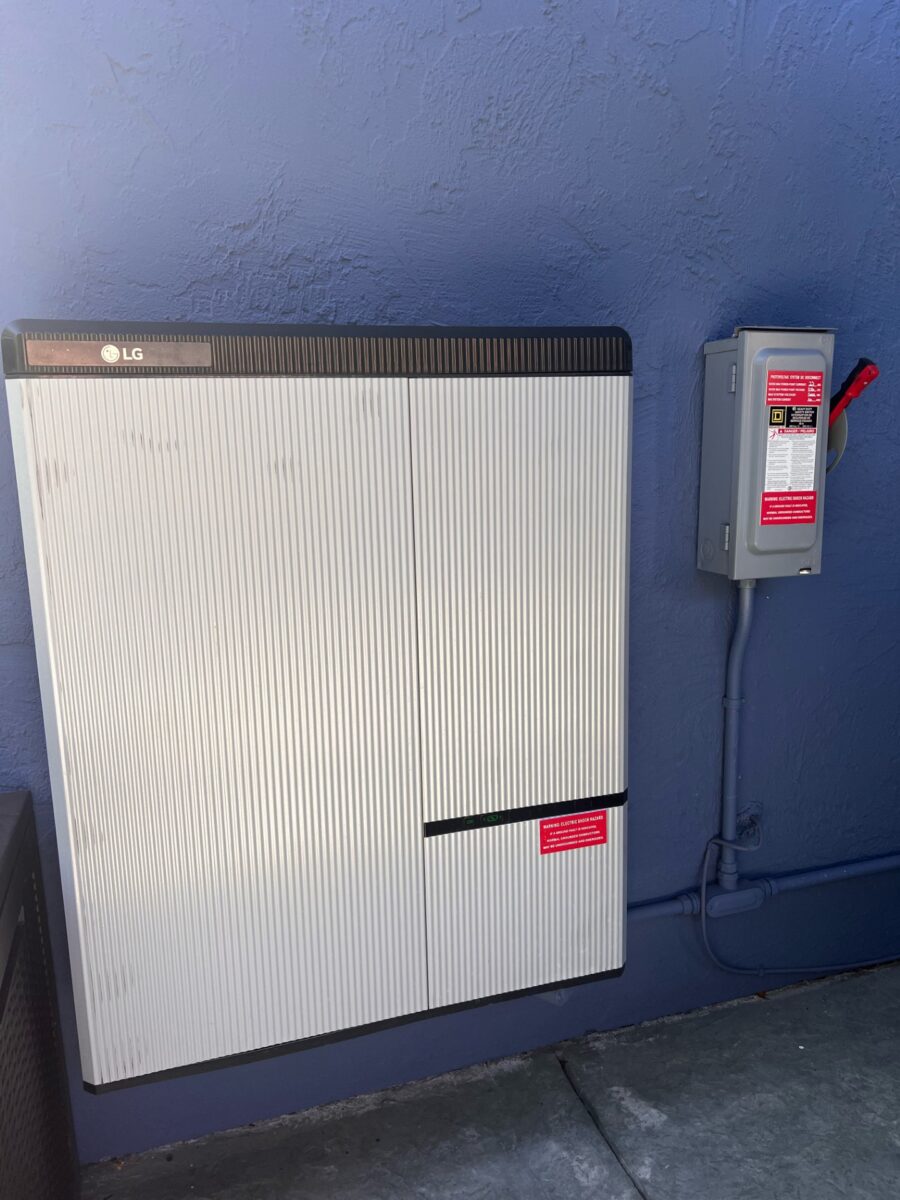
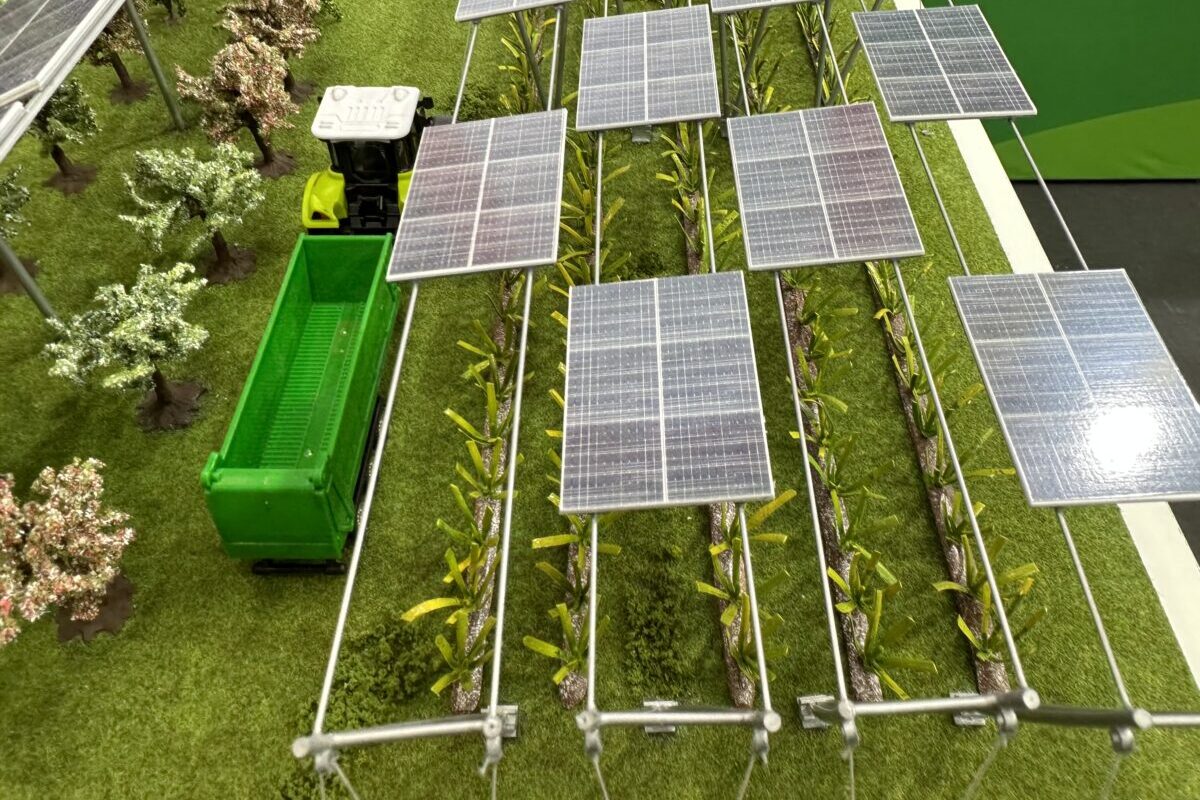


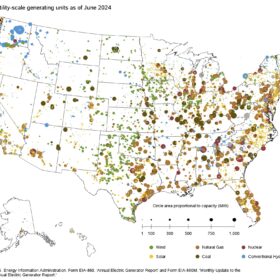
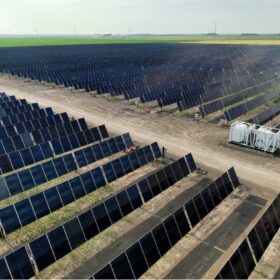
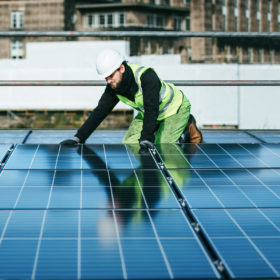

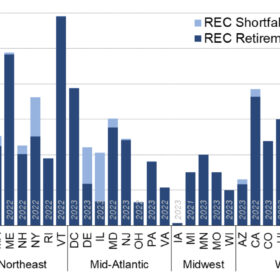
What needs to happen to get the legislation to roll back the regulations. Are we a block of voters, if so what is the lobbying group we need to fund? Our bill is average $550.00/month. We’re installing solar with batteries to the tune $100,000 just keep our head above water.
Hi Gregory – The California Solar and Storage Association, or CALSSA, is the non-profit organization that lobbies on behalf of the rooftop solar industry and homeowners. CALSS was fighting tooth and claw against the change in net metering, but was outspent 10-1 by utilities. Check out http://www.calssa.org for more.
A heat pump water heater & heat pump central heating/ AC system would have been a better choice. I live in the north SF Bay Area, & had a 10 panel Enphase micro-inverter solar system installed in 2016, along with a HP water heater, high efficiency gas FAU & a forced air gas fireplace. I’m now replacing the gas FAU with a heat pump. The gas fireplace is my backup heater. In 2016, my solar cost $8.5k, and so did the gas FAU + new ducts. The new heat pump will cost the same. My annual electric bill is less than $250, including the $140 fee paid to PG&E for grid connection. It’ll go up with the heat pump, but still be less than my gas bill for winter heating, & I’ll have AC.
The state PUCs are badly outmatched by the utilities. Public employees vs profit motivated IOUs who will engage expensive experts to bolster their case.
All the utility has to do is cry bankruptcy or infrastructure decline. They regularly demonstrate the potential power outages on a regular basis.
This is pretty similar to my experience with panels installed (SW San Diego County) in 2020 & 2021, but with a 24kWh battery made in California (NeoVolta), we only draw (net) from SDG&E when it’s been cloudy a lot. But, for black-outs, the battery is in a mode where it tops off during off-peak periods, which makes sense with NEM 2.0 but maybe not with 3.0 … but we’ve not been without electricity since installing, and even ran extensions to our neighbors twice.
My advice is to get the biggest battery you can afford, and the most panels: the technology is already good enough and electricity prices are only going to rise.
And, yes, we replaced our 17-year-old gas water heater with a Heat Pump one – a no-brainer in California.